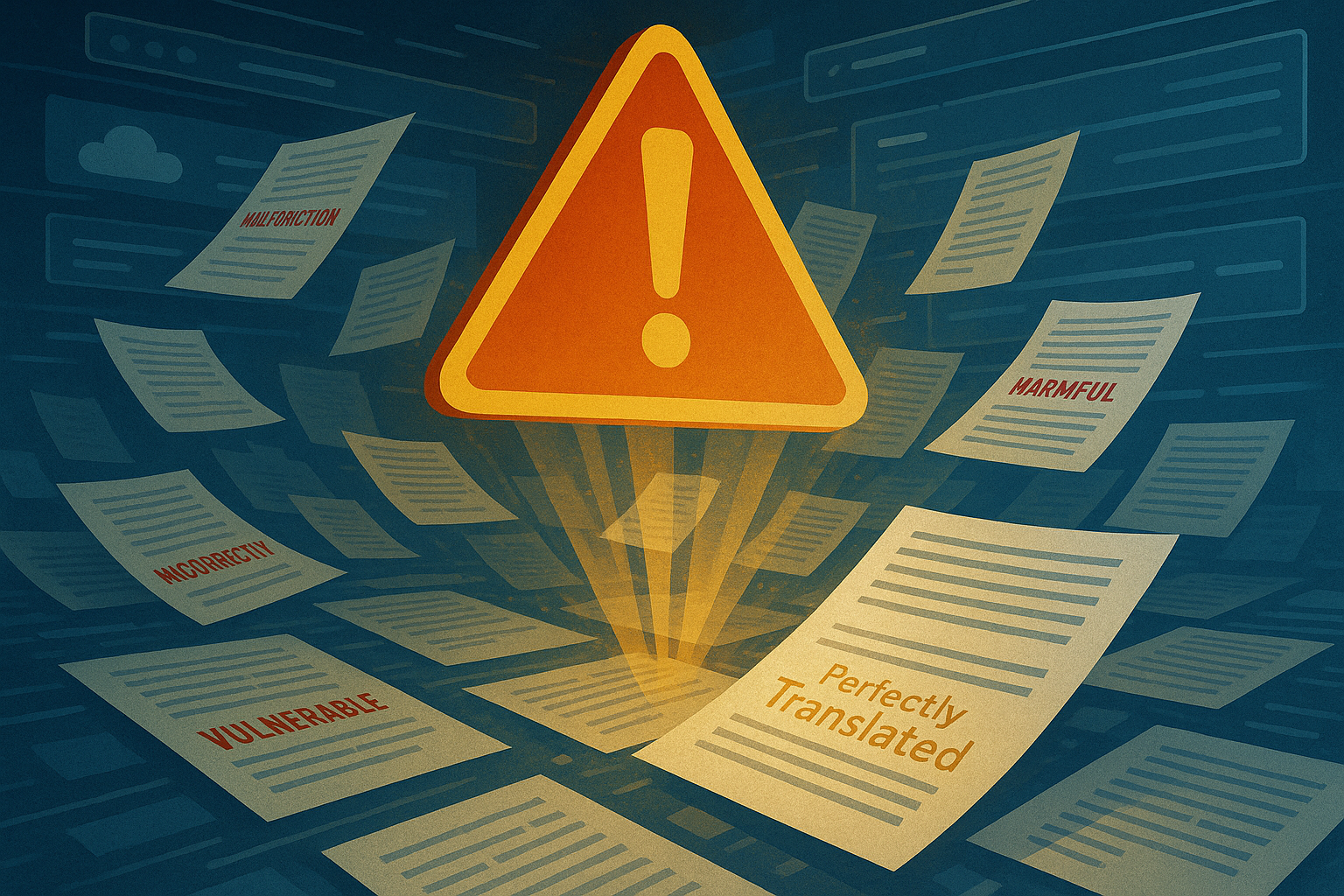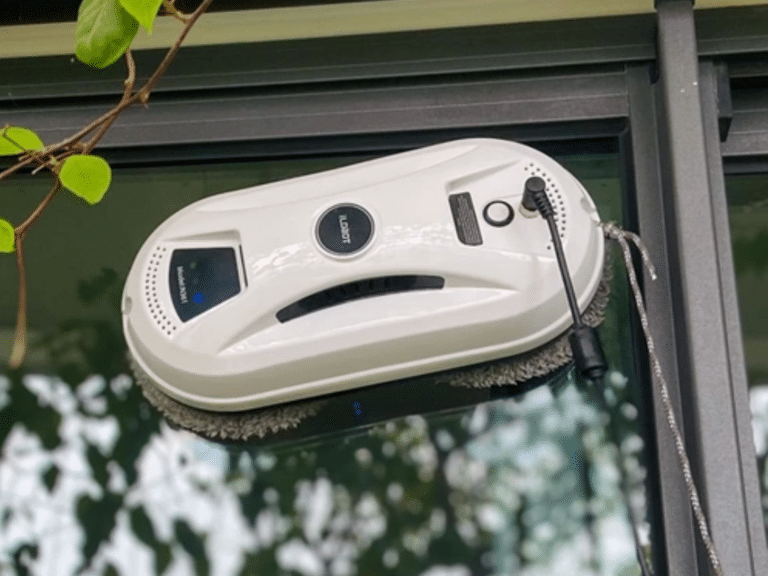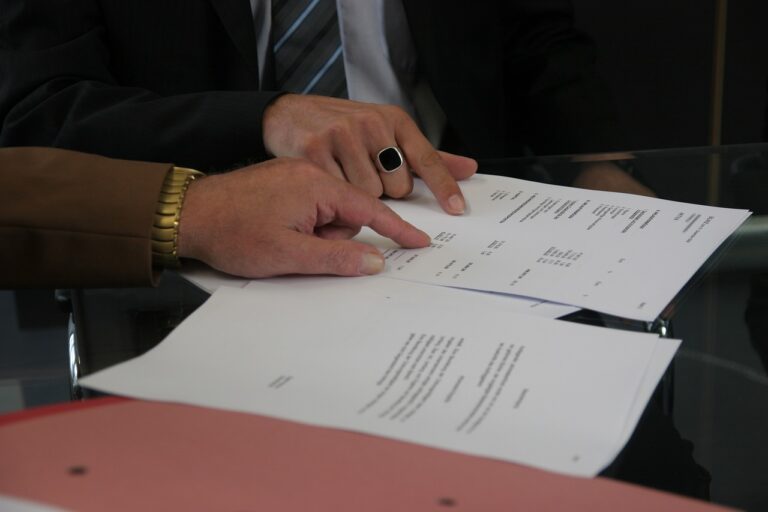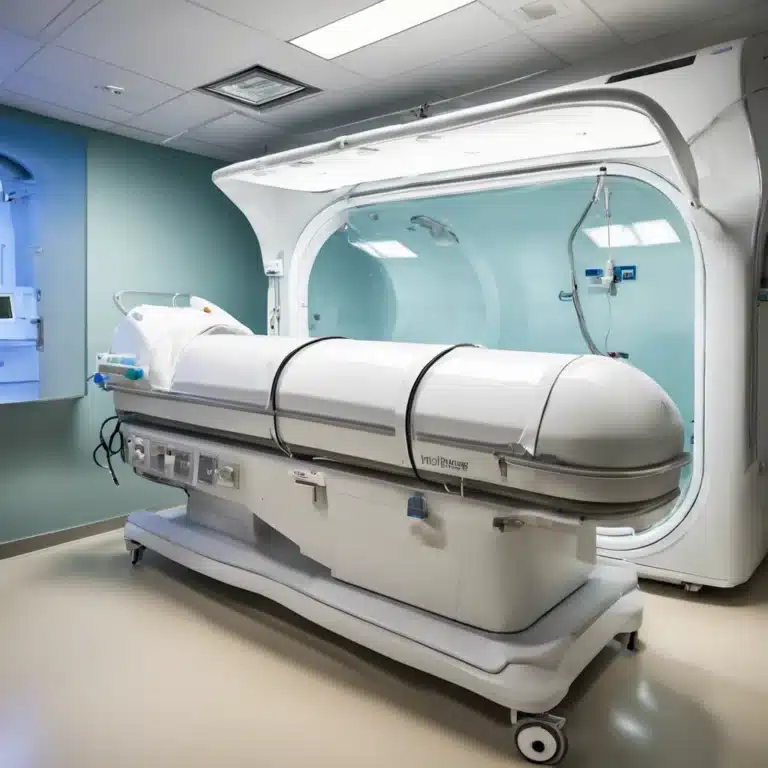🛠️ I Just Finished Translating a 320-Page Technical Document – Here Are 3 Common Mistakes Many Still Make
Last week, I took on the translation of a technical document over 320 pages long for a German mechanical engineering company. This was the kind of comprehensive documentation that accompanies machinery – complete with CAD drawings, installation procedures, safety warnings, and specification tables.
I dedicated over 5 days to processing and editing it. While reviewing a previous translation done by a non-specialized freelancer their client had previously hired, I identified 3 very common errors that many people still encounter:
❌ 1. Translating Words by Literal Meaning… But Out of Context
For example:
- “Bearing” was translated with a general meaning like “chịu lực” instead of the specific mechanical term “ổ trục”.
- “Housing” was misinterpreted as “nhà ở” instead of “vỏ máy”.
Linguistically, these might not be “wrong” in a general sense, but they are entirely incorrect within a technical document – and certainly enough to cause confusion for operating engineers.
❌ 2. Overlooking End-to-End Consistency
The term “sensor” was translated as one equivalent (e.g., “cảm biến”) in one section and a different equivalent (e.g., “đầu dò”) in another, all within the same document.
Clients don’t need creativity in such instances – they need uniformity for ease of use, quick comprehension, and timely action.
❌ 3. Translating Words Correctly But Missing the “Warning Intent”
The “Safety Warning” section was translated like a general introduction, completely losing its critical focus as a hazard alert (e.g., using mild phrasing, lacking exclamation points, or no bold text for emphasis).
With equipment weighing hundreds of kilograms, a translation that lacks the necessary gravity can lead to severe consequences.
✅ Conclusion:
Technical translation isn’t just about being proficient in English – it demands systematic thinking, a deep understanding of the equipment’s nature, and respect for the document’s logical structure.
Sometimes, a single incorrect word can risk an entire production line shutting down or a workplace accident occurring.













